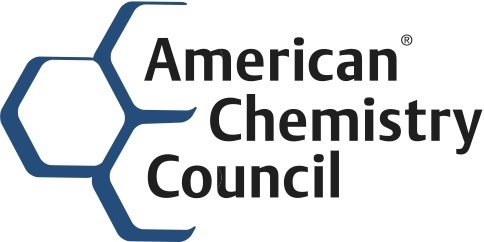
Features
Chemical industry says it’s an indispensable provider energy efficiency solutions
December 6, 2012 - The American Chemistry Council (ACC) today touted projections in a new report by the International Council of Chemical Associations (ICCA) showing that combining building efficiency improvements (made possible by innovations in chemistry, adds ACC) with lower-carbon fuels could lead to a 41% reduction in energy use.
December 6, 2012 By Anthony Capkun

Of all the energy used in the United States, nearly one-third is consumed by the building sector, says ACC.
“The ICCA projections reinforce what we have known for long time—that the chemical industry is an indispensable provider of solutions that improve the energy efficiency of buildings,” boasted Cal Dooley, president and CEO of ACC. “Nearly every energy-efficient technology is dependent on innovations made possible by chemistry.”
The ICCA Building Technology Roadmap, which will be officially released this week at the 18th session of the Conference of the Parties to the United Nations Framework Convention on Climate Change in Doha, Qatar, examined the chemical industry’s contributions to energy efficiency and greenhouse gas savings in residential and commercial construction.
The report focused on the potential savings from five chemically derived building technologies commercially available today: insulation; pipe and pipe insulation; air sealing; reflective roof coatings and pigments; and windows.
According to the ICCA report, energy-saving products installed in homes in the States prevented nearly 283 million tons of CO2 emissions in 2010. Should this trend continue, ACC reports, more than seven billion tons of emissions can be avoided by 2050 in the States alone.
Averaging at least 75% of the heat loss in households, single-family homes provide most of the potential for energy savings within the residential sector, says ACC, adding that the cumulative energy savings in 2010 from chemically derived building products America’s residential buildings was 46 times greater than the energy required to produce the products.
Print this page